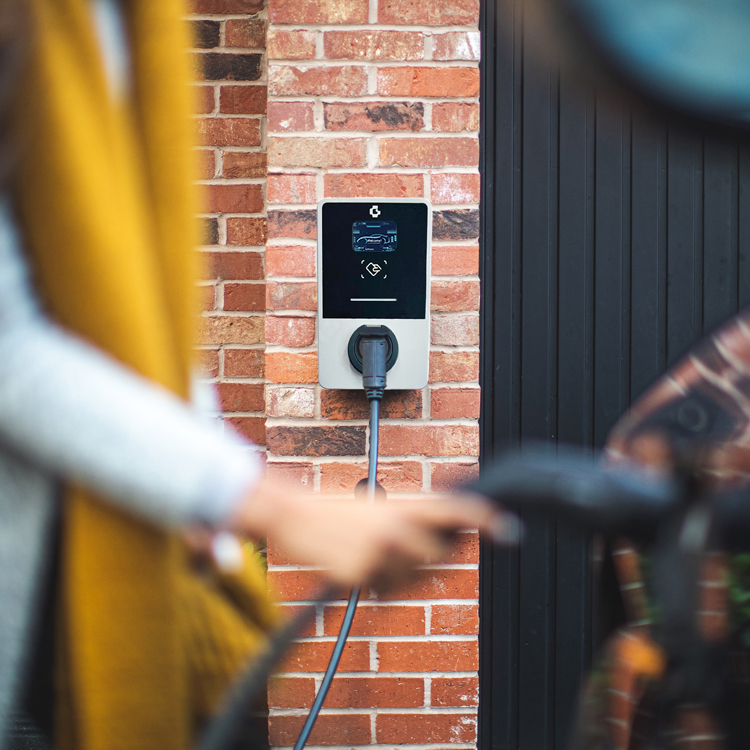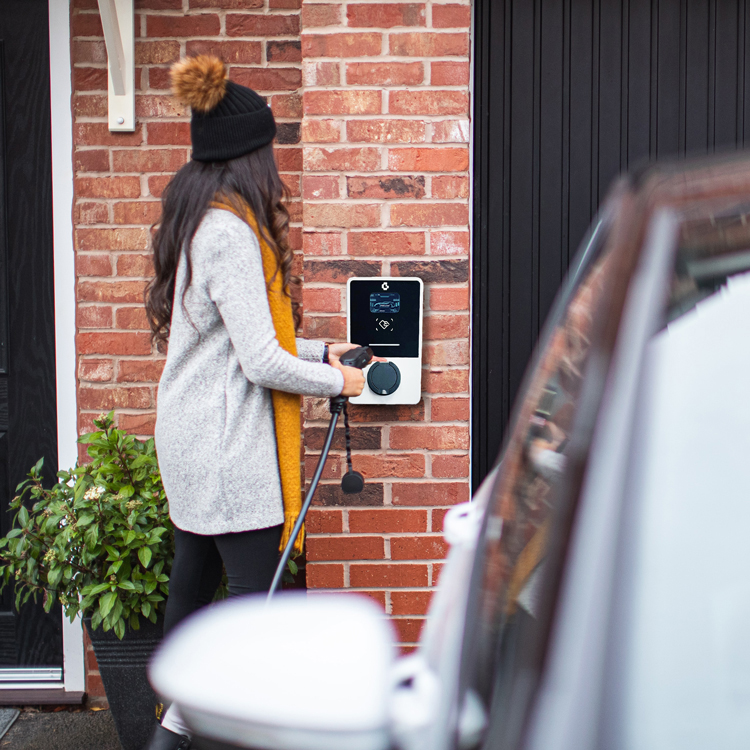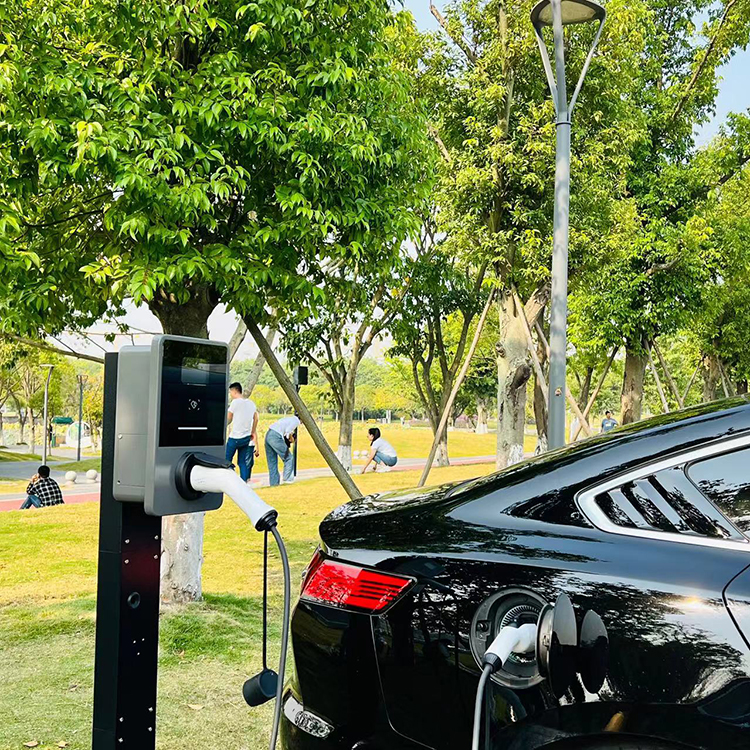As the world accelerates towards a greener future, electric vehicles (EVs) have become a symbol of innovation in the automotive industry. One crucial component that powers this transformation is the on-board charger (OBC). Often overlooked, the on-board charger is the unsung hero that enables electric cars to seamlessly connect to the grid and recharge their batteries.
The On-Board Charger: Powering the EV Revolution
The on-board charger is a vital piece of technology embedded within electric vehicles, responsible for converting alternating current (AC) from the power grid into direct current (DC) for the vehicle’s battery pack. This process is essential for replenishing the energy storage that propels the EV on its eco-friendly journey.
How Does It Work?
When an electric car is plugged into a charging station, the on-board charger springs into action. It takes the incoming AC power and transforms it into the DC power required by the vehicle’s battery. This conversion is crucial because most batteries in electric vehicles, including the popular lithium-ion batteries, operate on DC power. The on-board charger ensures a smooth and efficient transition, optimizing the charging process.
Efficiency Matters
One of the key factors defining the success of an on-board charger is its efficiency. High-efficiency chargers minimize energy losses during the conversion process, maximizing the amount of energy transferred to the battery. This not only speeds up the charging time but also contributes to overall energy savings, reducing the carbon footprint associated with electric vehicle usage.
Charging Speed and Power Levels
The on-board charger also plays a significant role in determining the charging speed of an electric vehicle. Different chargers come with varying power levels, ranging from standard household charging (Level 1) to high-power fast charging (Level 3 or DC fast charging). The on-board charger’s capacity influences how quickly an EV can recharge, making it a crucial consideration for manufacturers and consumers alike.
Innovations in On-Board Charging Technology
With the rapid advancement of EV technology, on-board chargers continue to evolve. Cutting-edge developments include bidirectional charging capabilities, allowing electric vehicles to not only consume energy but also feed it back to the grid—a concept known as vehicle-to-grid (V2G) technology. This innovation transforms electric cars into mobile energy storage units, contributing to a more resilient and distributed energy infrastructure.
The Future of On-Board Charging
As electric vehicles become increasingly prevalent, the on-board charger’s role will become even more critical. Ongoing research and development aim to enhance charging speeds, reduce energy losses, and make EVs even more accessible to a broader audience. As governments and industries around the world invest in charging infrastructure, the on-board charger will continue to be a focal point for improvement and innovation.
While electric vehicle enthusiasts marvel at sleek designs and impressive driving ranges, it’s the on-board charger quietly working behind the scenes that enables the EV revolution. As technology advances, we can expect on-board chargers to play an even more integral role in shaping the future of sustainable transportation.
Post time: Jan-01-2024







